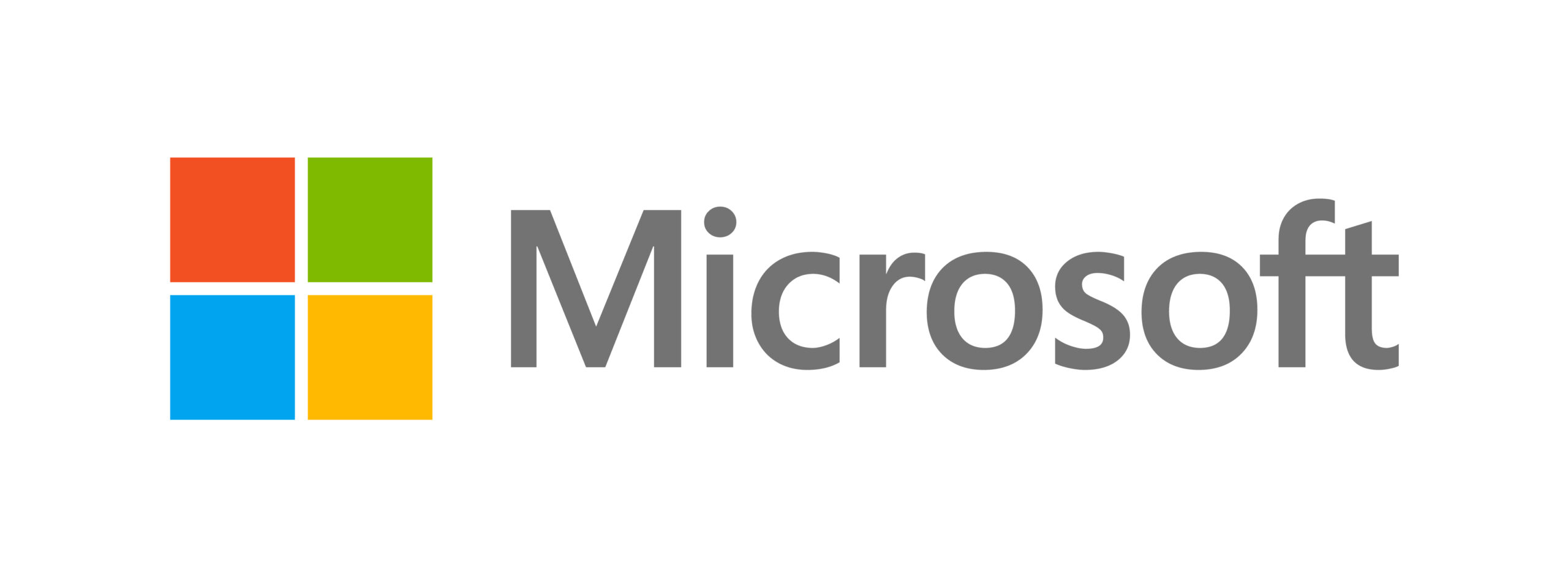Designing and Implmenting Cloud-Native Applications Using Microsoft Azure Cosmos DB Training Description
Duration: 4 Days
About the Course
This course teaches developers how to create application using the NoSQL API and SDK for Azure Cosmos DB. Students will learn how to write efficient queries, create indexing policies, manage and provisioned resources, and perform common operations with the SDK.
Audience Profile
Software engineers tasked with authoring cloud-native solutions that leverage Azure Cosmos DB for NoSQL and its various SDKs. They are familiar with C#, Python, Java, or JavaScript. They also have experience writing code that interacts with a SQL or NoSQL database platform.
Job Role: Developer
Certification Exam: DP-420 exam
Prerequisites
- Knowledge of Microsoft Azure and ability to navigate the Azure portal (AZ-900T01 Microsoft Azure Fundamentals equivalent)
- Experience writing in an Azure-supported language at the intermediate level. (C#, JavaScript, Python, or Java)
- Ability to write code to connect and perform operations on a SQL or NoSQL database product. (SQL Server, Oracle, MongoDB, Cassandra or similar)
What’s included?
- Authorized Courseware
- Intensive Hands on Skills Development with an Experienced Subject Matter Expert
- Hands-on practice on real Servers and extended lab support 1.800.482.3172
- Examination Vouchers & Onsite Certification Testing- (excluding Adobe and PMP Boot Camps)
- Academy Code of Honor: Test Pass Guarantee
- Optional: Package for Hotel Accommodations, Lunch and Transportation
With several convenient training delivery methods offered, The Academy makes getting the training you need easy. Whether you prefer to learn in a classroom or an online live learning virtual environment, training videos hosted online, and private group classes hosted at your site. We offer expert instruction to individuals, government agencies, non-profits, and corporations. Our live classes, on-sites, and online training videos all feature certified instructors who teach a detailed curriculum and share their expertise and insights with trainees. No matter how you prefer to receive the training, you can count on The Academy for an engaging and effective learning experience.
Methods
- Instructor Led (the best training format we offer)
- Live Online Classroom – Online Instructor Led
- Self-Paced Video
Speak to an Admissions Representative for complete details
| Start | Finish | Public Price | Public Enroll | Private Price | Private Enroll |
|---|---|---|---|---|---|
| 12/8/2025 | 12/11/2025 | ||||
| 12/29/2025 | 1/1/2026 | ||||
| 1/19/2026 | 1/22/2026 | ||||
| 2/9/2026 | 2/12/2026 | ||||
| 3/2/2026 | 3/5/2026 | ||||
| 3/23/2026 | 3/26/2026 | ||||
| 4/13/2026 | 4/16/2026 | ||||
| 5/4/2026 | 5/7/2026 | ||||
| 5/25/2026 | 5/28/2026 | ||||
| 6/15/2026 | 6/18/2026 | ||||
| 7/6/2026 | 7/9/2026 | ||||
| 7/27/2026 | 7/30/2026 | ||||
| 8/17/2026 | 8/20/2026 | ||||
| 9/7/2026 | 9/10/2026 | ||||
| 9/28/2026 | 10/1/2026 | ||||
| 10/19/2026 | 10/22/2026 | ||||
| 11/9/2026 | 11/12/2026 | ||||
| 11/30/2026 | 12/3/2026 | ||||
| 12/21/2026 | 12/24/2026 | ||||
| 1/11/2027 | 1/14/2027 |
Curriculum
Introduction to Azure Cosmos DB for NoSQL
- What is Azure Cosmos DB for NoSQL
- How does Azure Cosmos DB for NoSQL work
- When should you use Azure Cosmos DB for NoSQL
Try Azure Cosmos DB for NoSQL
- Explore resources
- Review basic operations
Plan Resource Requirements
- Understand throughput
- Evaluate throughput requirements
- Evaluate data storage requirements
- Time-to-live (TTL)
- Plan for data retention with time-to-live (TTL)
Configure Azure Cosmos DB for NoSQL database and containers
- Serverless
- Compare serverless vs. provisioned throughput
- Autoscale throughput
- Compare autoscale vs. standard (manual) throughput
- Migrate between standard (manual) and autoscale throughput
Move data into and out of Azure Cosmos DB for NoSQL
- Move data by using Azure Data Factory
- Move data by using a Kafka connector
- Move data by using Stream Analytics
- Move data by using the Azure Cosmos DB Spark connector
Use the Azure Cosmos DB for NoSQL SDK
- Understand the SDK
- Import from package manager
- Connect to an online account
- Implement client singleton
- Configure connectivity mode
Configure the Azure Cosmos DB for NoSQL SDK
- Enable offline development
- Handle connection errors
- Implement threading and parallelism
- Configure logging
Implement Azure Cosmos DB for NoSQL point operations
- Understand point operations
- Create documents
- Read a document
- Update documents
- Configure time-to-live (TTL) value for a specific document
- Delete documents
Perform cross-document transactional operations with the Azure Cosmos DB for NoSQL
- Create a transactional batch with the SDK
- Review batch operation results with the SDK
- Implement optimistic concurrency control
Process bulk data in Azure Cosmos DB for NoSQL
- Create bulk operations with the SDK
- Review bulk operation caveats
- Implement bulk best practices
Query the Azure Cosmos DB for NoSQL
- Understand SQL query language
- Create queries with SQL
- Project query results
- Implement type-checking in queries
- Use built-in functions
- Execute queries in the SDK
Author complex queries with the Azure Cosmos DB for NoSQL
- Create cross-product queries
- Implement correlated subqueries
- Implement variables in queries
- Paginate query results
Define indexes in Azure Cosmos DB for NoSQL
- Understand indexes
- Understand indexing policies
- Review indexing policy strategies
Customize indexes in Azure Cosmos DB for NoSQL
- Customize the indexing policy
- Evaluate composite indexes
Consume an Azure Cosmos DB for NoSQL change feed using the SDK
- Understand change feed features in the SDK
- Implement a delegate for the change feed processor
- Implement the change feed processor
- Implement the change feed estimator
Handle events with Azure Functions and Azure Cosmos DB for NoSQL change feed
- Understand Azure Function bindings for Azure Cosmos DB for NoSQL
- Configure function bindings
- Develop function
Search Azure Cosmos DB for NoSQL data with Azure Cognitive Search
- Create an indexer for data in Azure Cosmos DB for NoSQL
- Implement a change detection policy
- Manage a data deletion detection policy
Implement a non-relational data model
- What’s the difference between NoSQL and relational databases?
- Identify access patterns for your app
- When to embed or reference data
- Choose a partition key
- Model small lookup entities
Design a data partitioning strategy
- Denormalize data in your model
- Manage referential integrity by using change feed
- Combine multiple entities in the same container
- Denormalize aggregates in the same container
- Finalize the data model
Configure replication and manage failovers in Azure Cosmos DB
- Understand replication
- Distribute data across regions
- Evaluate the cost of distributing data globally
- Define automatic failover policies
- Perform manual failovers
- Configure SDK region
Use consistency models in Azure Cosmos DB for NoSQL
- Understand consistency models
- Configure default consistency model in the portal
- Change consistency model with the SDK
- Use session tokens
Configure multi-region write in Azure Cosmos DB for NoSQL
- Understand multi-region write
- Configure multi-region support in the SDK
- Understand conflict resolution policies
- Create custom conflict resolution policy
Customize an indexing policy in Azure Cosmos DB for NoSQL
- Index usage
- Review read-heavy index patterns
- Review write-heavy index patterns
Measure index performance in Azure Cosmos DB for NoSQL
- Enable indexing metrics
- Analyze indexing metrics results
- Measure query cost
- Measure point operation cost
Implement integrated cache in Azure Cosmos DB for NoSQL
- Review workloads that benefit from the cache
- Enable integrated cache
- Configure cache staleness
Measure performance in Azure Cosmos DB for NoSQL
- Understand Azure Monitor
- Measure throughput
- Observe rate-limiting events
- Query logs
Monitor responses and events in Azure Cosmos DB for NoSQL
- Review common response codes
- Understand transient errors
- Review rate-limiting errors
- Configure Alerts
- Audit security
Implement backup and restore for Azure Cosmos DB for NoSQL
- Evaluate periodic backup
- Configure continuous backup and recovery
- Perform a point-in-time recovery
Implement security in Azure Cosmos DB for NoSQL
- Implement network-level access control
- Review data encryption options
- Use role-based access control (RBAC)
- Access account resources using Microsoft Entra ID
- Understand Always Encrypted
Write management scripts for Azure Cosmos DB for NoSQL
- Create resources
- Manage index policies
- Configure database or container-provisioned throughput
- Migrate between standard and autoscale throughput
- Change region failover priority
- Initiate failovers
Create resource template for Azure Cosmos DB for NoSQL
- Understand Azure Resource Manager resources
- Author Azure Resource Manager templates
- Configure database or container resources
- Configure throughput with an Azure Resource Manager template
- Manage index policies through Azure Resource Manager templates
Build multi-item transactions with the Azure Cosmos DB for NoSQL
- Understand transactions in the context of JavaScript SDK
- Author Stored procedures
- Rollback transactions
- Create stored procedures with the JavaScript SDK
Expand query and transaction functionality in Azure Cosmos DB for NoSQL
- Create user-defined functions
- Create user-defined functions with the SDK
- Add triggers to an operation
- Create and use triggers with the SDK


